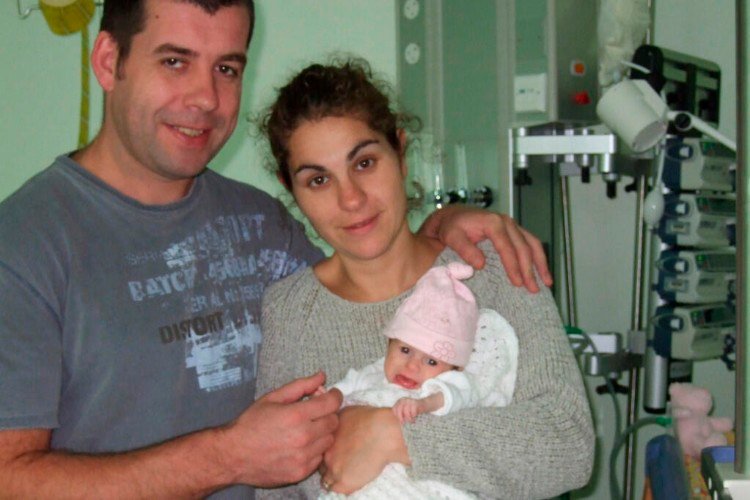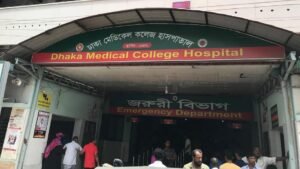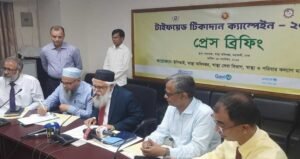UK births mark global first for three-person baby technique to prevent deadly genetic disease
Published: 18 July 2025, 10:33:56

In a major medical breakthrough, eight babies have been born in the UK using DNA from three individuals, marking the first confirmed births through a technique aimed at preventing the transmission of severe mitochondrial diseases.
The innovative procedure, developed by scientists at Newcastle University and the Newcastle upon Tyne Hospitals NHS Foundation Trust, involves combining the egg and sperm of the biological parents with healthy mitochondria from a female donor’s egg. This method has been legal in the UK for nearly a decade but had not previously produced confirmed births.
The technique was carried out at the Newcastle Fertility Centre, where 22 families underwent the procedure. According to two reports published in the New England Journal of Medicine, it has led to the birth of four boys and four girls, including a set of twins, with one additional pregnancy still ongoing.
Mitochondrial diseases, which affect about 1 in every 5,000 births, are inherited exclusively from the mother and can result in life-threatening conditions such as organ failure, brain damage, seizures, and early death. The new technique replaces faulty mitochondria with healthy ones from a donor, while over 99.9% of the baby’s DNA still comes from the biological parents.
“This is a huge step forward,” said Prof Bobby McFarland, director of the NHS Highly Specialised Service for Rare Mitochondrial Disorders. “To see the relief and joy in the faces of the parents of these babies after such a long wait and fear of consequences—it’s brilliant to see these babies alive, thriving and developing normally.”
All eight babies are reported to be free of mitochondrial disease and progressing well. One child experienced epilepsy, which has since resolved on its own, and another is being treated for an irregular heartbeat—both conditions not believed to be linked to the mitochondrial replacement therapy.
While mostly successful, scientists did detect low levels of defective mitochondria—between 5% and 20%—in three of the eight cases. Though well below the 80% threshold typically associated with symptoms, researchers are studying why this occurred and whether the risk of carry-over can be fully eliminated.
Experts estimate the technique could help prevent mitochondrial disease in 20 to 30 babies each year. For many parents who have lost multiple children to these devastating disorders, the chance to have a healthy baby offers a renewed sense of hope.
Due to the sensitive nature of the procedure, all participating families have chosen to remain anonymous.





